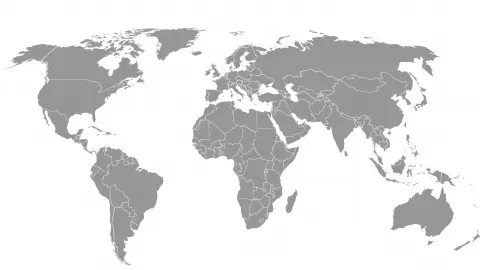Key events in developed markets next week
GDP growth figures dominate the developed markets calendar next week. Most economies are experiencing a slowdown in growth due to a lack of consumer confidence and fears of inflation
US: Slowdown in growth due to a soft patch in the third quarter
It is clear that the US economy experienced a soft patch in the third quarter. This was most obviously highlighted by the steep falls in consumer confidence as the Delta Covid wave hit. High-frequency restaurant dining, air passenger travel and hotel accommodation stay figures, show households were far less inclined to go out and about, which also meant less spending. Consumer surveys show that there was a greater acknowledgement of prices going up for everything from grocery bills to cars and from houses to energy prices, which led to worries about household spending power. This may also have contributed to a bit of a pull-back in spending growth, which we have pegged as posting close to zero growth in the third quarter.
Supply chain strains and labour shortages held back production, and this is likely to show up in another big drag lower from inventories. Government spending may rebound a touch, while investment should be OK, given construction numbers and durable goods orders data. Net trade may be positive, but not for the best of reasons, given the disruption in Chinese output and the long queues of ships trying to get into US ports. Putting this all together, we have 3Q GDP growth pencilled in at around 2.5% annualised.
We are confident that the fourth quarter will be better. Those high-frequency consumer spending numbers, turned higher through mid-September into October, as the Delta wave subsided. Retail sales are holding up strongly, so it looks as though consumer spending will be in a good place through the fourth quarter. Inflation is a bit of a concern due to its impact on spending power, but incomes are rising, and household balance sheets are in great shape. We are therefore hopeful that this can allow households to weather this temporary storm. We also expect labour supply to make a gradual return, which will release some of the pressures on businesses while boosting jobs growth and household incomes. On this point, it may well be that the strong cash position of households (saving of stimulus cheque payments and uprated unemployment benefits) has diminished the urgency of finding a job. However, with the expensive holiday season fast approaching, this may encourage more potential workers to return.
Other data will include the employment cost index, which should show how inflation pressures are building in the jobs market, with rising wages and benefits required to attract and retain staff, in an environment where labour supply remains heavily constrained. We will also get the Fed’s favoured measure of inflation – the core personal consumer expenditure deflator and this will continue to post readings closer to 4%YoY rather than the actual 2% target.
As for the Federal Reserve, the November 3rd taper announcement looks like a foregone conclusion, especially after recent comments from officials and the minutes of the September meeting, which clearly outlined the timetable – starting in November/December and ending around June 2022. With the economy growing, creating jobs and likely experiencing elevated inflation through to at least the middle of next year, we think the taper could end more abruptly than currently signalled, with a high probability of at least two interest rate increases in the second half of next year.
Canada: QE tapering expected this week with no changes to the base rate just yet
The Bank of Canada is set to dial back its stimulus further by tapering weekly QE purchases from C$2bn to C$1bn on October 27. The guidance from the BoC itself states they will start hiking interest rates when “economic slack is absorbed so that the 2 percent inflation target is sustainably achieved”, which on their forecasts, is the second half of 2022. The obvious risk is that this is achieved sooner, given Canada has regained all the jobs lost through the pandemic and the economy will benefit from surging commodity prices. The BoC could adjust their language next week and we could conceivably see the prospect of an April rate hike being fully priced in. However, we suspect that this is more likely at the December meeting when they bring QE to a conclusion.
Developed Markets Economic Calendar

Download
Download article
22 October 2021
Our view on next week’s key events This bundle contains 3 ArticlesThis publication has been prepared by ING solely for information purposes irrespective of a particular user's means, financial situation or investment objectives. The information does not constitute investment recommendation, and nor is it investment, legal or tax advice or an offer or solicitation to purchase or sell any financial instrument. Read more
